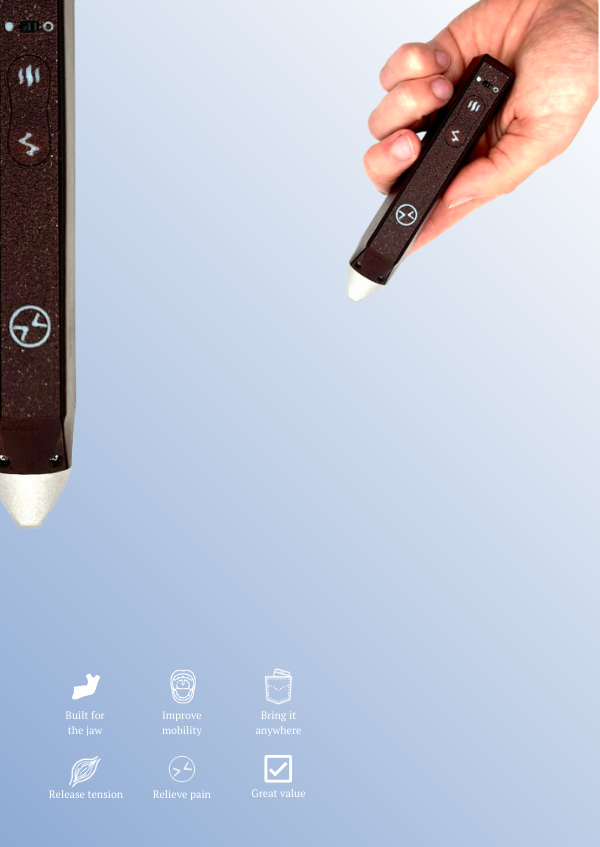Splint therapy for TMJ/Jaw Pain and why you need to be EXTRA careful

If you’ve been doing any research at all into TMJ Disorder treatments, you’ll have surely come across occlusal splints or orthotic appliances. They are the main method that has been used for decades to treat TMDs, so it’s important to understand what they do and why you have to be EXTREMELY careful when prescribed one.
So first let’s get a misconception out of the way. The definitions around Splint vs Night Guard are a bit hazy - some people consider nightguards to be a form of soft splint, others say it isn’t. I say it doesn’t matter. Whatever you want to call it, a night guard’s purpose is to protect your teeth from grinding. It is not a solution for TMJ Disorders. So if you look up products for TMJ and off the shelf nightguards, don’t waste your money. In fact they can make things worse by moving around your teeth since they’ll never be a good fit.
So what’s a splint for TMJ? Well the general idea is to form an acrylic removable dental appliance that is molded around your teeth in such a way that a new bite surface is established. Basically, they are formed to change the way your teeth touch (occlude) in the aim of repositioning the way your jaw rests when the splint is worn.
There are many types of splints that can be made; for example some are worn just on the front teeth to prevent the back teeth from touching. Some aim to push the lower jaw forward. Others back. In theory, this can provide great relief, since oftentimes TMJ pain is caused by improper jaw positioning in such a way that it presses on the nervous tissue behind the TMJ. It may also help prevent clenching or at least reduce its forces on the jaw joint.
But wait… they also may make things worse. A splint that covers an entire row of teeth and still allows your back teeth to touch still allows for clenching. And in fact, having a device in your mouth has a good chance of exacerbating clenching behavior. Other splints that cover fewer teeth have the side effect of putting a lot of pressure on those teeth and aggravating them. They also may not treat the root cause of the TMD.
But here’s where you need to be EXTREMELY careful.
If your doctor says to wear it off and on to make sure it doesn’t, and the splint helps, then so be it. But if the splint’s objective is to permanently change your bite, you need to be very cautious. Repositioning splints are meant to irreversibly change the bite and then require orthodontics to maneuver the teeth into a new position. As it stands, scientific evidence does NOT support consistent enough effective treatment for TMJ. In fact, there are a baffling number of cases in which irreversible damage to the patient's bite was done. Additionally these treatments can cost tens of thousands of dollars. And oftentimes, the dentists offering this treatment will ask for the money before even fitting the splint, and you must pay even if damage is done.
IT IS A SCAM. Do not fall for it like so many before you have.
We do not ask you to become an expert on occlusion and orthodontics here. All that you need to do is do enough research to know when your doctor is genuinely providing the most effective treatment method while minimizing risk to your health, or milking you for your money at the cost of potentially irreversible damage. The best thing you can do is ask questions.
If you found this article interesting or informative, consider following us on instagram @mytmjrelief



